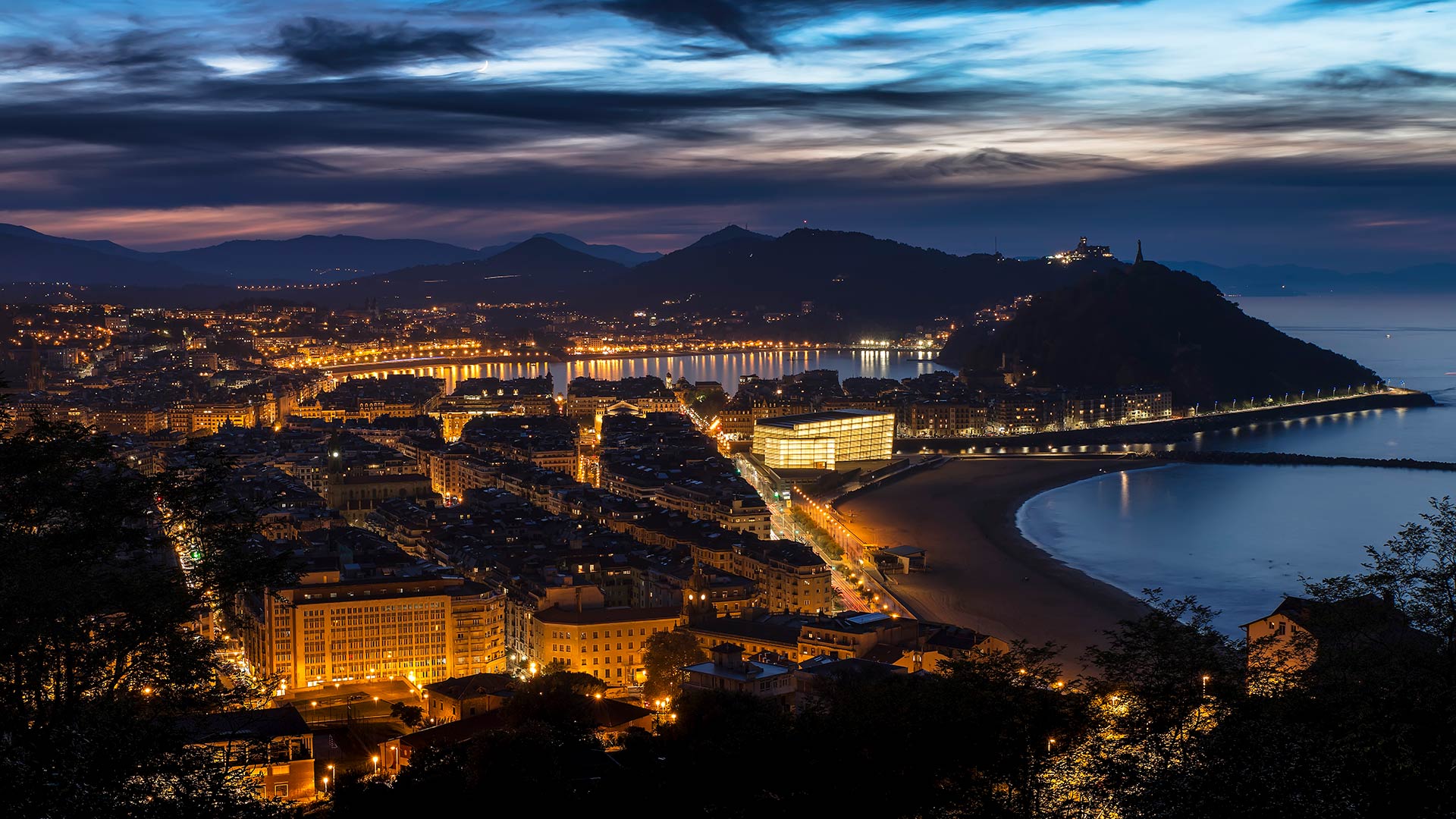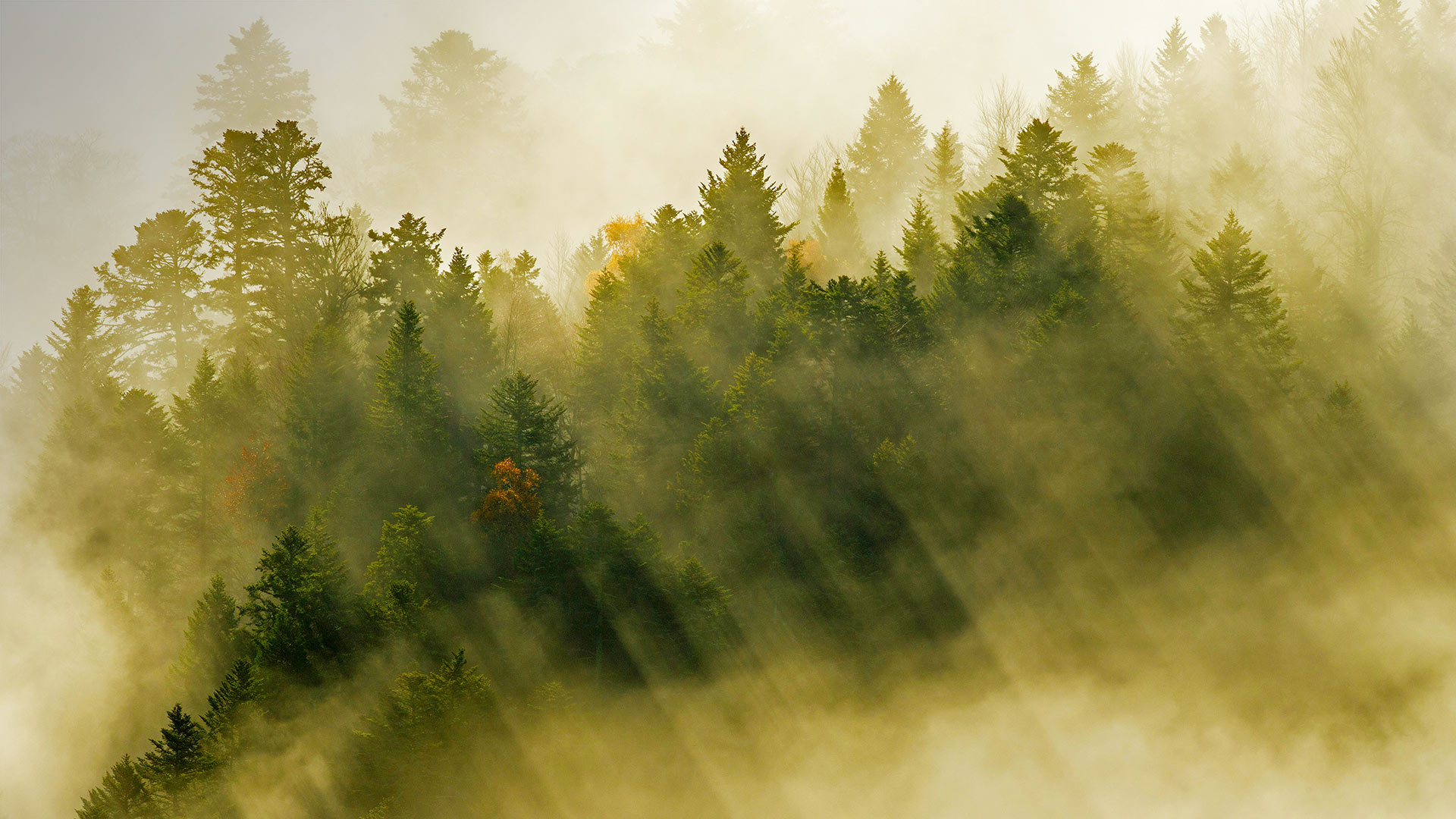“和平之墙”和巴黎的埃菲尔铁塔 'The Wall for Peace' and the Eiffel Tower in Paris for the International Day of Peace (© Prisma by Dukas Presseagentur GmbH/Alamy)

“和平之墙”和巴黎的埃菲尔铁塔 'The Wall for Peace' and the Eiffel Tower in Paris for the International Day of Peace (© Prisma by Dukas Presseagentur GmbH/Alamy)
'The Wall for Peace'
In today's image, we're featuring 'The Wall for Peace' in Paris for the International Day of Peace. Since 2000, this exhibit, created by artist Clara Halter and architect Jean-Michel Wilmotte, has been inspiring visitors to write their own messages of peace and place them in gaps intentionally created in the structure for that purpose. To mark International Day of Peace, hundreds of events around the world are being held today, including peace fairs, music concerts, meditations, and more. The UN declared it a 'day devoted to strengthening the ideals of peace, both within and among all nations and peoples.' One of the events today is at UN Headquarters in New York, where the Secretary-General will ring the Peace Bell and participants will observe a minute of silence.
鱼湖国家森林中的美洲山杨,犹他州 The Pando quaking aspen in Fishlake National Forest, Utah (© Don Paulson/Danita Delimont)
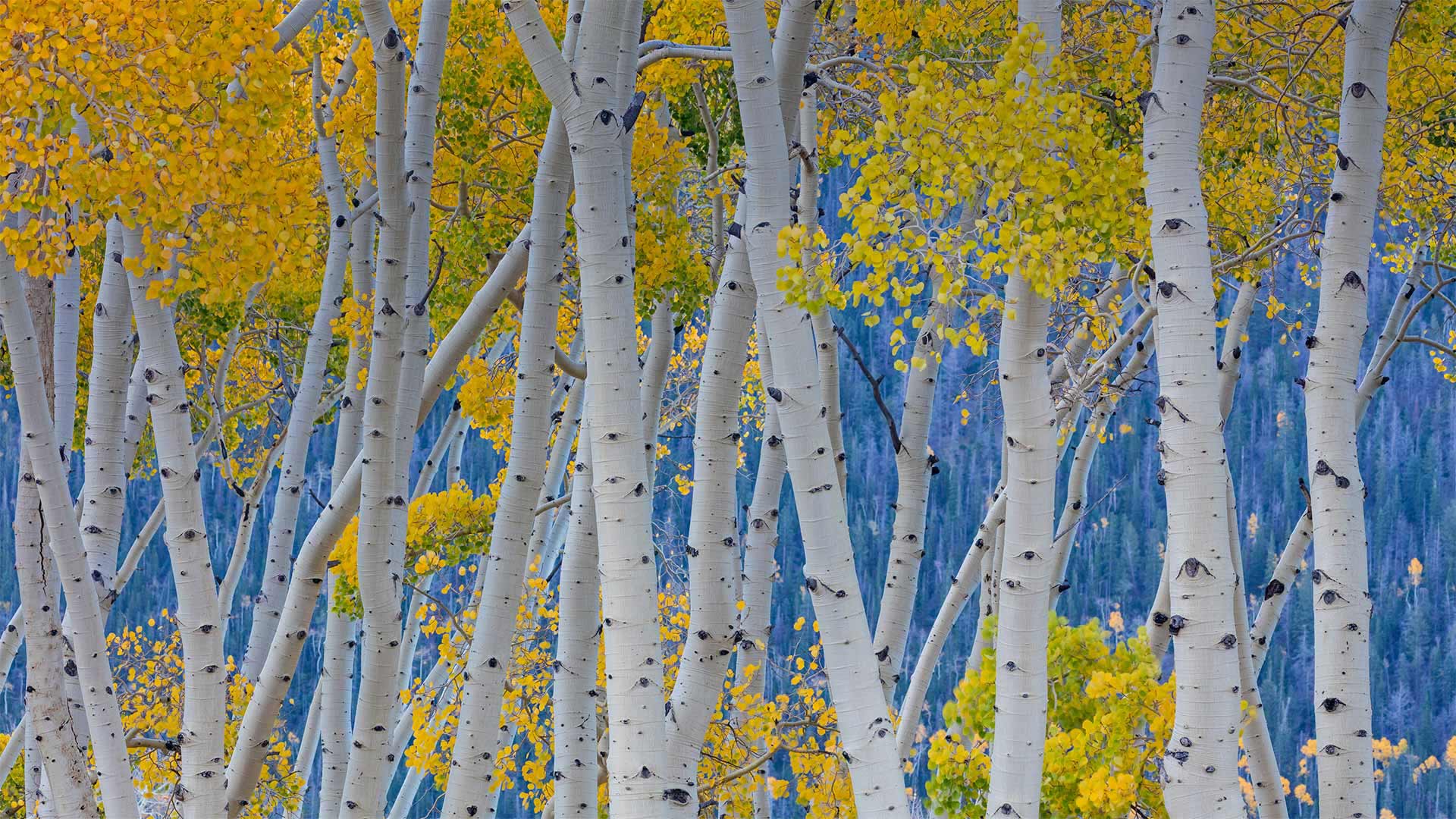
鱼湖国家森林中的美洲山杨,犹他州 The Pando quaking aspen in Fishlake National Forest, Utah (© Don Paulson/Danita Delimont)
Fall comes to the Pando
All is not as it appears to be here at the Pando, in Utah's Fish Lake National Forest. At first glance, visitors likely see a massive grove of quaking aspen trees, their leaves dancing in the wind. But the Pando is not many trees; instead, it's a single organism. Like many aspen groves, each of the 40,000 trees in the Pando are genetically identical stems that sprout from the same root system. First discovered in 1968, the Pando made waves in the scientific world. It's become recognized as one of the heaviest known organisms—weighing 6,000 metric tons—and one of the oldest known living organisms. Scientists estimate it's upwards of 80,000 years old, having endured the last ice age and countless forest fires. It got to be so old partly because most of the organism is protected underground. So, while an individual stem can die, the organism as a whole survives.
It's only recently that human activity has threatened the Pando’s health, with drought, grazing, and fire suppression interfering with its growth. Pando translates as 'I spread out,' in Latin, a reference to the way it extends itself through cloning. But its delicate, fluttering leaves—which turn golden this time of year—have lent it another moniker: the Trembling Giant.
塞巴斯蒂安电影节举办地:圣塞巴斯蒂安和库尔萨尔文化中心 (© Aljndr/iStock/Getty Images Plus)
The Villarrica volcano in Chile on September 2, 2018 (© Cristobal Saavedra Escobar/Reuters)
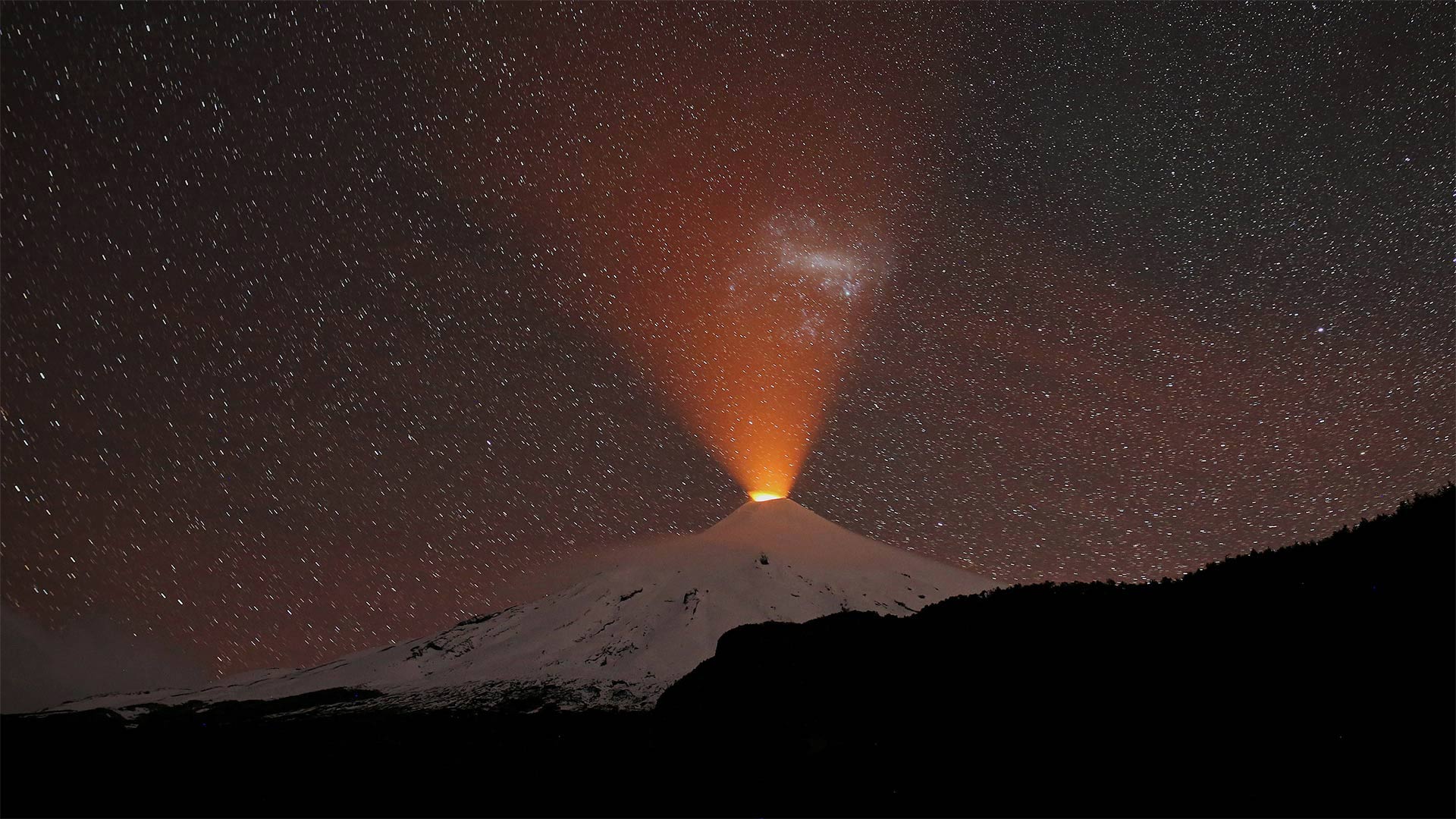
The Villarrica volcano in Chile on September 2, 2018 (© Cristobal Saavedra Escobar/Reuters)
Celebrating Chile's Independence Day
That's the Villarrica volcano providing fireworks for our observance of Chile's Independence Day celebrations—called Fiestas Patrias—taking place September 18 and 19. The second-most active volcano in South America, Villarrica is known to the indigenous Mapuche people as Rucapillán (Devil's House). This photo was taken on September 2, 2018, alarming nearby residents, but it wasn't nearly as destructive as other relatively recent eruptions, like one in 2015 that prompted authorities to evacuate thousands of people.
Chile's Fiestas Patrias take place each year just before the spring equinox in the Southern Hemisphere, so the Independence Day celebrations double as a kind of spring festival. With most schools and workplaces on a weeklong vacation, people observe the holiday by attending rodeos, going to the beach, visiting family, and—above all—indulging in traditional Chilean food and drink. It's said that Chileans gain 10 pound or more during the Fiestas Patrias. Most gorge themselves on empanadas de pino, which are small pastries filled with minced meat, sautéed onions, hard-boiled egg, olives, and sometimes raisins. The empanadas are typically eaten with a variety of grilled meats from barbecue stands called asados. It's all washed down with local red wine or chicha, which in Chile is a sweet, distilled grape- or apple-based beverage that is almost exclusively drunk during the week of Fiestas Patrias celebrations.
孚日山脉的针叶林,法国 (© Radomir Jakubowski/Minden Pictures)
埃克斯穆尔国家公园斯托克佩罗公地,英国英格兰 Stoke Pero Common, Exmoor National Park, England, UK (© David Noton/Alamy)
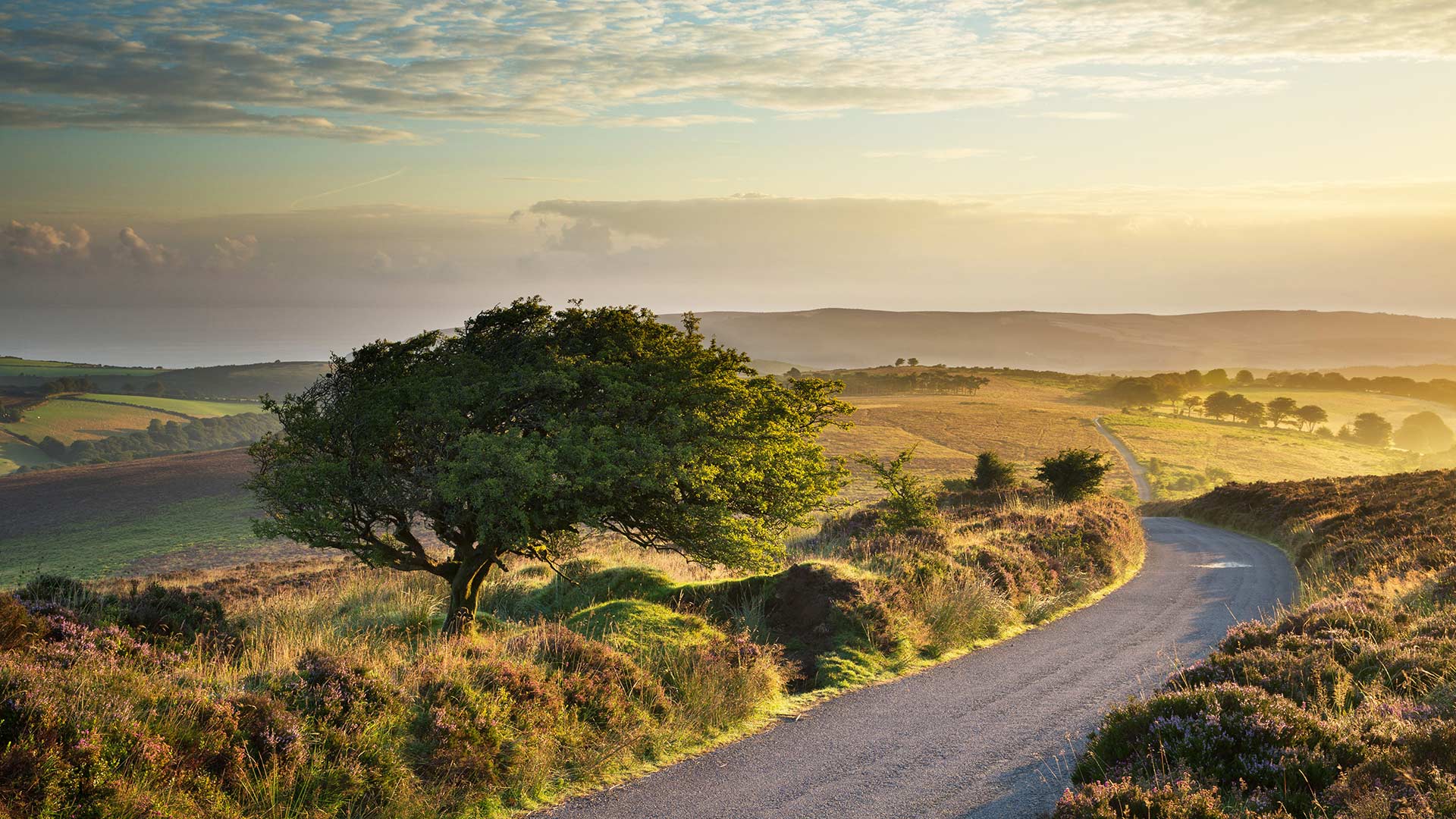
埃克斯穆尔国家公园斯托克佩罗公地,英国英格兰 Stoke Pero Common, Exmoor National Park, England, UK (© David Noton/Alamy)
The wild romance of Exmoor
Welcome to Exmoor National Park, a patchwork of landscapes covering 267 square miles of south-west England. Here, grassy open moorland and heather-covered hills nestle up against wooded valleys, streams, waterfalls, farmland and some of the highest sea cliffs in the country – scenery which inspired RD Blackmore's 1869 historical romance novel Lorna Doone.
From Exmoor's highest point on Dunkery Hill – pictured in today's image - visitors can get sweeping views stretching from Dartmoor in the south up to the Bristol Channel and beyond on a clear day, while at night, Exmoor offers one of the best stargazing spots in the UK as an International Dark Sky Reserve.
The park is also home to a large variety of wildlife including Exmoor ponies - which roam freely on the moor – rare butterflies, otters and wild red deer, a nod to Exmoor's past as an ancient royal forest. But keep your eyes peeled for the legendary Beast of Exmoor, a huge puma or panther-like creature which some claim to have spotted roaming the moors.
赖格莱兴的Wachsenburg城堡,德国图林根州 Wachsenburg Castle, Drei Gleichen, Thuringia, Germany (© Raimund Linke/Masterfile)
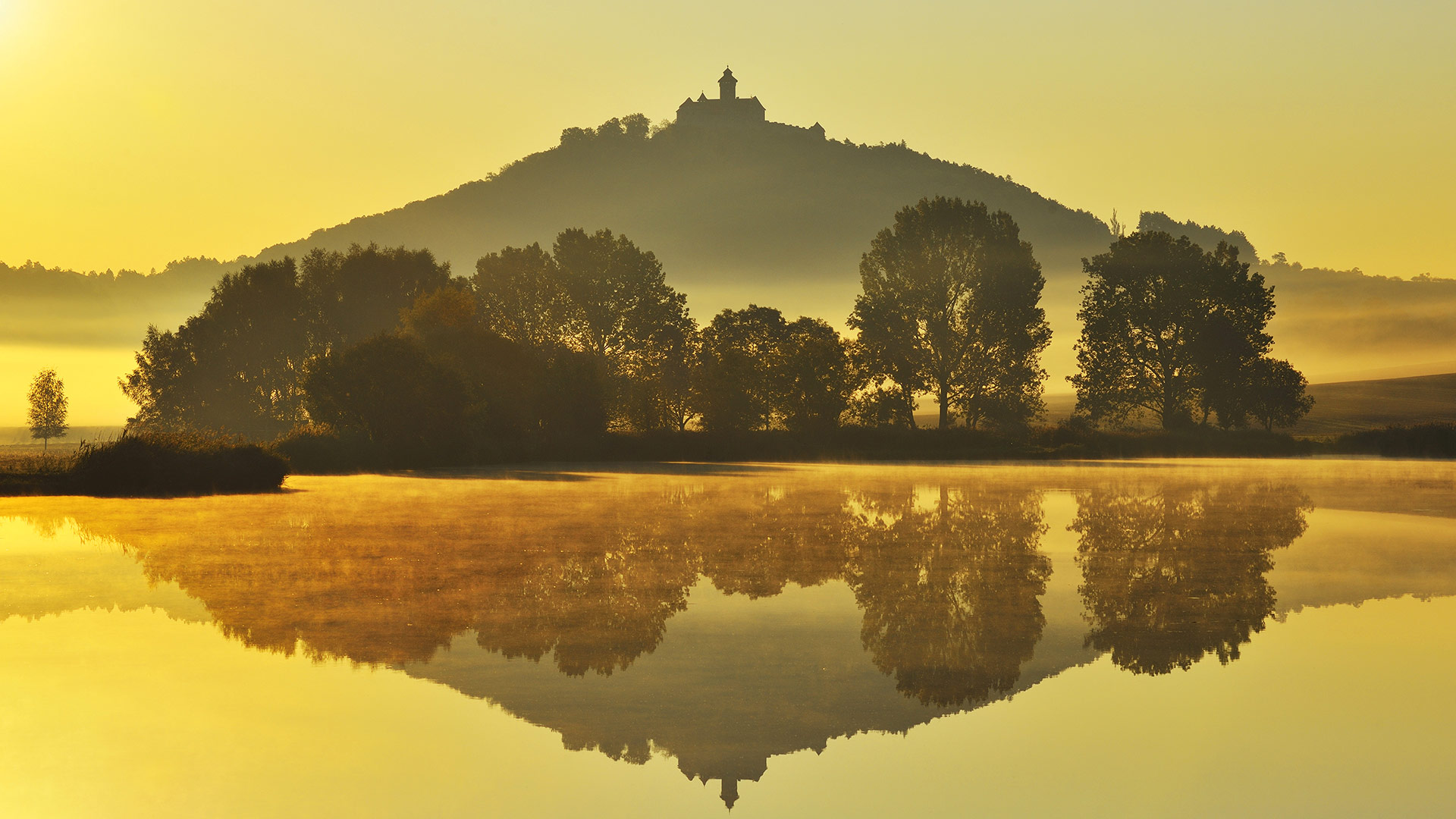
赖格莱兴的Wachsenburg城堡,德国图林根州 Wachsenburg Castle, Drei Gleichen, Thuringia, Germany (© Raimund Linke/Masterfile)
One of "Drei Gleichen“
The first leaves have already fallen, the temperatures in the morning are steadily decreasing and from today it is official: autumn has begun. With this idyllic shot of the Wachsenburg in Thuringia we would like to tune you to the golden season, which is at the same time the most beautiful for many people.
The Veste Wachsenburg looks back on a centuries-old and varied history. Its origins date back to the year 930, and in the following period the summit castle was destroyed several times and rebuilt or expanded. The Wachsenburg is part of a medieval castle ensemble called "Drei Gleichen".
一排冲浪板 Surfboards in a row (© plainpicture/Tony Arruza)

一排冲浪板 Surfboards in a row (© plainpicture/Tony Arruza)
Surfing through history
Is there anything more quintessentially Australian than the sand and surf? We didn't think so either, so with the weather continuing to heat up, there's no better time to spotlight the humble surfboard. Yet as much as we Australians adore catching waves, surfing's roots originally lie in pre-modern Hawaii and Polynesia. It is here that the sport was practiced by both men and women within all social classes, including royalty and commoners.
By the early 20th century, the increasingly popular sport had found its way to our shores, thanks largely to Hawaiian Olympic swimmer Duke Kahanamoku. Considered by many to be the father of modern surfing, it is Kahanamoku who gave the first demonstration of surfboard riding on Christmas Eve, 1914, at Sydney's Freshwater Beach - all with a heavy, finless board he'd crafted himself. Described at the time as 'the human motor boat from Honolulu', the legend was so influential it led to the creation of 'Duke's Day' - a two-day festival celebrated by the Freshwater Surfing Community.
Drones light up the sky over Shenzhen, China (© Liang Weiming/VCG via Getty Images)
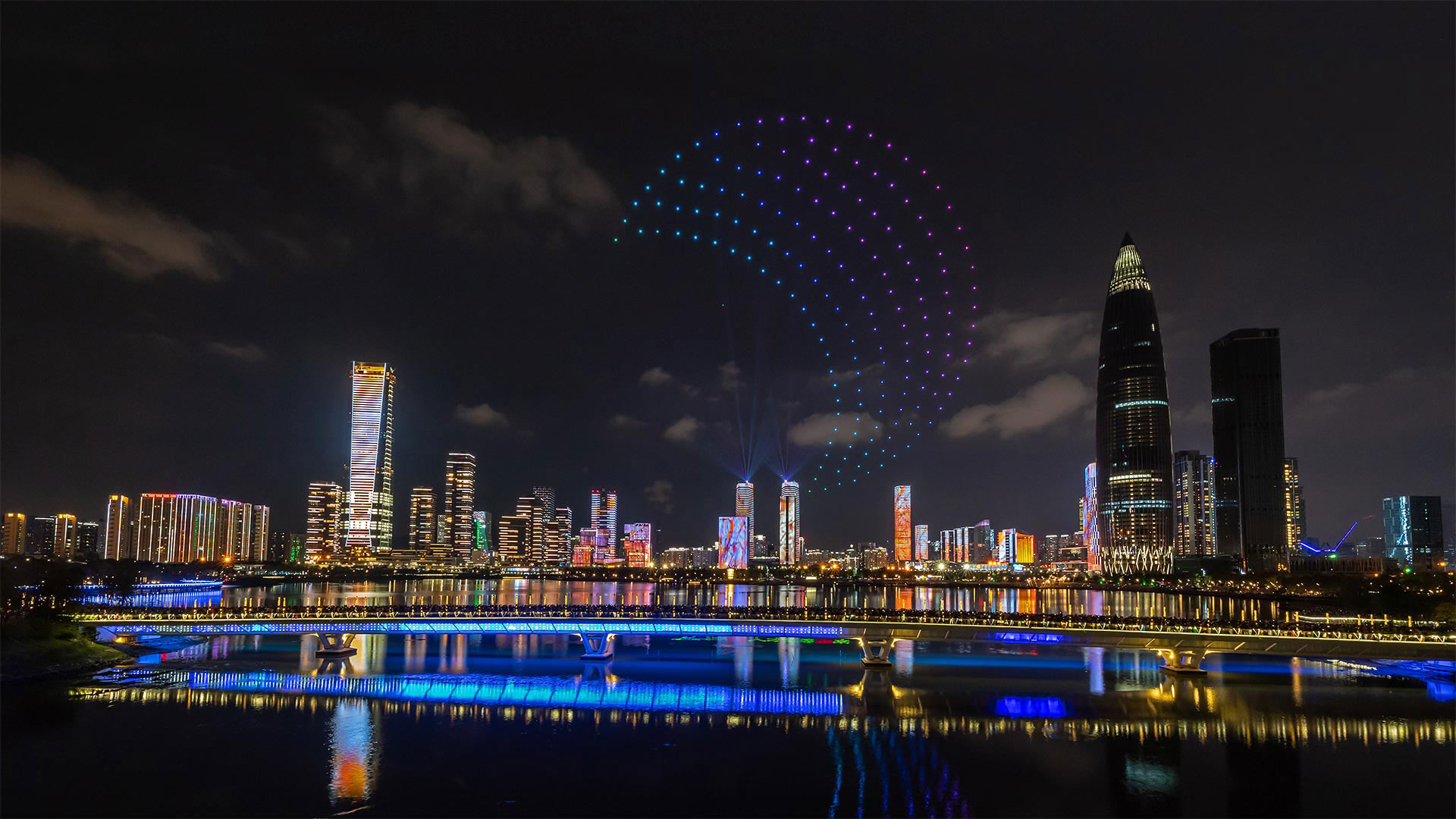
Drones light up the sky over Shenzhen, China (© Liang Weiming/VCG via Getty Images)
The 'moon' rises for Mid-Autumn Festival
Shenzhen, China—seen in our photo today—is a drone manufacturing hub. So, when this city celebrated Mid-Autumn Festival, a synchronized fleet of drones took to the skies over Shenzhen Talent Park and lit up in a crescent-moon shape to celebrate the lunar holiday. At other times in the performance, the drones created the shape of Chinese characters reading 'Happy Mid-Autumn Festival!' So, what is the Mid-Autumn Festival? It's a harvest celebration that's been observed by Chinese and other Asian peoples for thousands of years. The date of the celebration changes each year on our Gregorian calendar, falling on the first full moon of the harvest season, which arrives today. One major feature of the lunar holiday? A sweet pastry called 'mooncake.' Let it be known that we fully embrace any holiday that includes cake.
中秋 (© VCG/VCG via Getty Images)
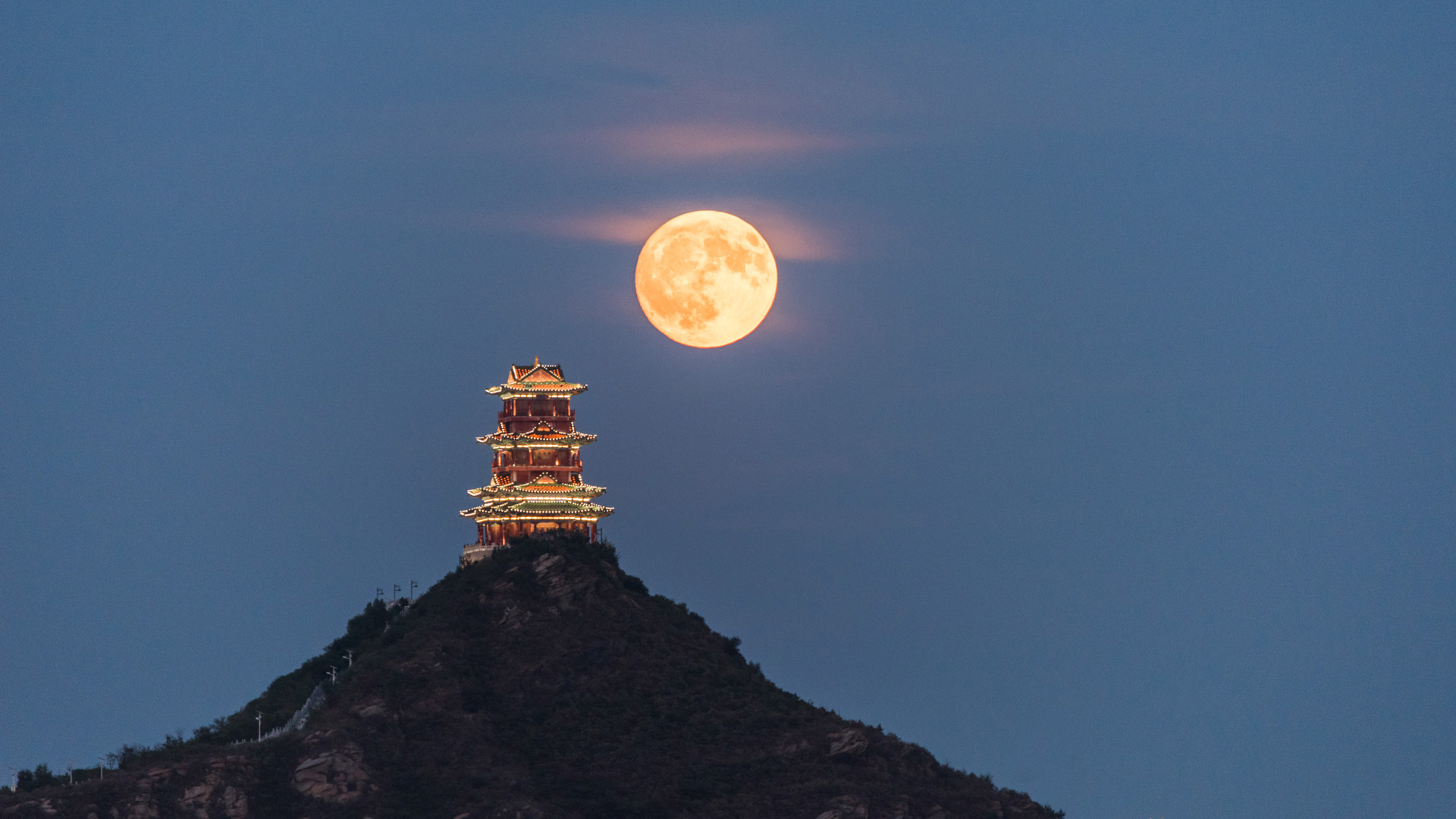
中秋 (© VCG/VCG via Getty Images)
